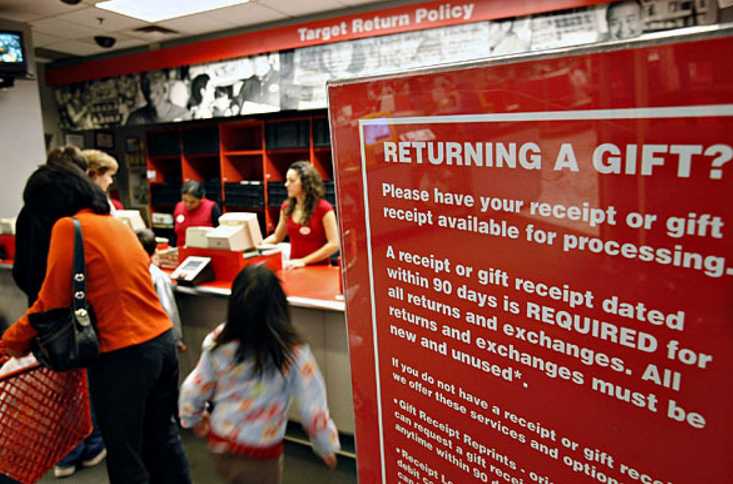I was reading an article the week after Christmas that referenced “Boomerang Thursday”. I was aware of Black Friday and Cyber Monday, but not Boomerang Thursday. It turns out that this is the day that people return unwanted Christmas presents. Doing further research, I discovered several important business lessons related to Boomerang Thursday.
First, the facts. On average 15 to 20 percent of all gifts received are returned for a refund. For products purchased online through e-retailers like Amazon.com that number is three times higher than returns to brick and mortar stores. For fashion items, particularly where size is a component, the return rates are a staggering 50 percent. These statistics represent both a problem for some and an opportunity for others.
Most retailers focus on making sales, not processing returns. In the span of just a few days after the Christmas holiday, a company may handle more than one half of all its annual product returns. Mishandling returns can seriously damage a company’s brand. Most companies have a limited capacity to handle the items returned.
Some, particularly non-seasonal fashion items that were simply the wrong size, can be restocked and resold to someone else, typically with an after-holiday markdown. However other items, like seasonal items, have a near-zero value after the holidays. According to a retail association report, about 70 percent of returned items are suitable for resale.
However, one problem facing retailers is determining which items can be resold and which items were returned because they didn’t work or were damaged in some way. Some big-box retailers have specialized return locations, where post-holiday workers are specifically trained to evaluate returns.
These workers determine if the items are suitable for recirculation, require refurbishing, or should simply be destroyed or discarded. Some retailers simply place all returned items regardless of the condition into trucks whose contents are auctioned off to discount stores or flea markets. While returns may be an undesirable consequence of the holiday season for most retailers, some embrace it.
Country Club Prep actually makes post-holiday returns part of their holiday sales strategy. They encourage people to buy the same item in multiple sizes and return the ones that don’t fit after the holidays and even provide free shipping on returned items. Opportunities abound for niche businesses to augment retailers and help them process and minimize losses due to returned items.
Finally, for shipping and logistics companies, after-holiday returns represent their busiest time of the year. With more and more items being purchased online, after-Christmas returns have been rising dramatically.
Retailers can either consider returns as a thorn in their side that has to begrudgingly deal with, or use them as a point of differentiation they can exploit. Furthermore, with the rise in returned items, new business opportunities exist for companies that can coordinate the disposal of these items.
How do you handle returns?












